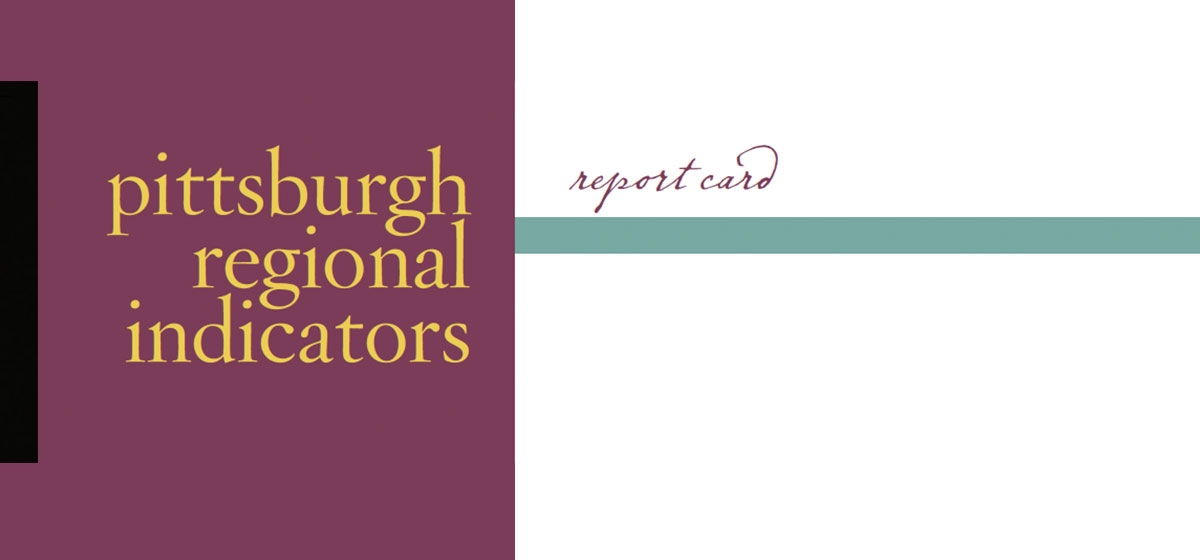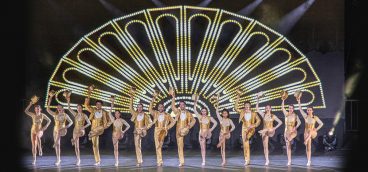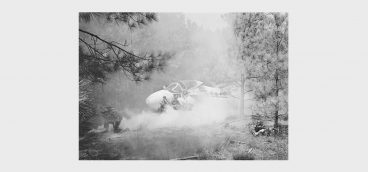We’re Art Lovers to the HIlt

Last fall, PittsburghToday commissioned the first-ever survey of arts involvement in the 22-county Pittsburgh region. Done by the University of Pittsburgh, the survey asked several questions including: What arts events do you attend? What arts activities do you engage in personally? What arts activities have your ever had instruction in?
The results are interesting in their own right. For instance, when asked what arts activities they attended in the past year, Pittsburgh-area adults chose visiting museums and art galleries as their top pick among eight possibilities.
But the Pittsburgh results are especially noteworthy when compared with similar national surveys done in 1997 and 2002 by the National Endowment of the Arts. The result is that arts attendance patterns in Greater Pittsburgh are high across the board compared with the nation as a whole.
“This region takes the arts seriously, however measured,” said Rudolph Weingartner, who heads Pittsburghtoday’s arts committee. “In virtually all of the arts activities, Pittsburgh shows a higher degree of participation than the country as a whole.”
“Allegheny County is often in the vanguard, which is not surprising since the county contains the largest concentration of arts institutions. But when it comes to attendance, the spread between what occurs in Pittsburgh’s largest county and what occurs in the United States is quite startling.”
For example, over 32 percent of the county’s residents attended a musical in 2006, while under 25 percent did so in the rest of the country. That Pittsburgh is a center of jazz is shown by the fact that 21 percent of Allegheny Count’s residents attended a jazz performance compared with 12 percent in the nation.
If we forgo national comparisons for a moment and examine only what Pittsburghers do, the results are also interesting if not necessarily surprising.
After their favorite — visiting museums and art galleries — they attend musical plays, other plays, classical music and jazz in that order. The top four categories in arts participation are photography and film, weaving, the purchase of art and painting. When it comes to training, music lessons are a runaway leader, followed by visual arts, art appreciation and dance.
Pittsburgh arts numbers were higher than national results in all of the 13 categories above, except one. In 1997, when Americans were asked whether they had acquired any original art in the last year, 35.1 percent said yes. In 2006 in Pittsburgh, only 21.1 percent said they had.
The poll also shows how people in the three principal Pittsburgh “neighborhoods” differ (or agree) when it comes to arts involvement. In the Pittsburgh survey, three different areas were polled. One was Allegheny County. The second was the remaining nine counties of southwestern Pennsylvania. And the third were nearby counties in West Virginia and Ohio.
Attendance at arts events tended to decline the farther away from the urban core the respondents were. Attendance was greatest in Allegheny County and least in Ohio/West Virginia. Conversely, arts education tended to be somewhat more frequent in Ohio and West Virginia than in the southwestern Pennsylvania counties, excluding Allegheny.
Finally, arts participation rates tended to be spread fairly evenly throughout the region.
In comparing the Pittsburgh poll last fall with the national surveys in 1997 and 2002, polling techniques are likely to cause more differences than the elapsed time between the surveys. “Those most interested and active in the arts are most likely to participate in the survey in the first place,” said Scott Beach of Pitt’s Center for Social and Urban Research, which conducted the research. “In general, response rates to telephone surveys have been declining over the past several years, so the bias in our survey could have been slightly more pronounced than the national 1997 survey.” (The 2002 NEA survey was conducted by the U.S. Census and reported lower numbers than the 1997 NEA survey across the board.)
Beach’s university researchers polled 400 people in each of the three areas that make up Pittsburgh. The local team used questions employed in the NEA surveys to assure apples-to-apples comparisons, but the Pitt group did not attempt to duplicate all the questions in the NEA polls. It also posed additional questions of its own which will be the subject of later indicator reports. To get the complete poll results, visit www.pittsburghtoday.org and click on Arts indicator.
The principal conclusion I draw from the local responses is that they give pause when it comes to generalizing about who is doing what in Pittsburgh these days. For example, Allegheny County is in the forefront when it comes to attendance numbers, but not in every instance. Residents of West Virginia and eastern Ohio attend performances of classical music at a slightly higher rate than do their Pennsylvania counterparts. Go Mountaineers!
Residents of the nine southwestern Pennsylvania counties and the West Virginia and Ohio counties together also outstrip Allegheny County when it comes to participation in six of the 14 arts categories — photography, weaving, painting, pottery, operetta and ballet. Yes, the differences are slight — many well within the polling margin of error — but they give the lie to any notion that, when it comes to culture, there is the old city of Pittsburgh and then there is everyone else. Pittsburgh residents outside Allegheny County also report notably more training in art appreciation which is consistent with their higher personal participation numbers for both painting and photography.
A last note on photography. The number of people reporting that they made photographs, movies and videos as an artistic activity in the last 12 months was out of sight across the board in our region compared with the numbers in both NEA polls — between double and triple the national norms. One can only conclude that with the advent of the cell phone, every person is now an artist — and most certainly not only in Pittsburgh.




